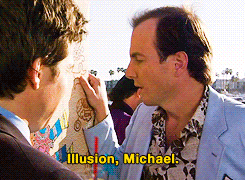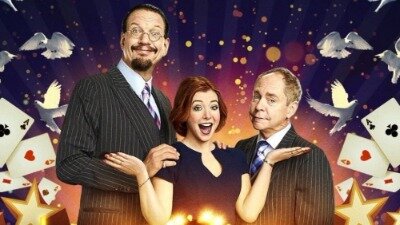In theatrical magic, misdirection can be described as a form of deception in which the performer attracts attention of the audience to a certain item to distract them from the other. The ability to control attention from the audience is the goal of every performances, and the most important requirement of all magic acts. If the magic is of a “pocket trick” variety or an extensive stage productionmisdirection is the main secret. The term refers to either the effect (the observer’s focus on the unimportant object) or the sleight-of-hand and patter (the magician’s speech) that causes it.
It’s hard to pinpoint who coined the term, but the first reference to misdirection appears in the writings of an influential author and performer, Nevil Maskelyne. it involves spooking the spectator’s senses, in order to screen from noticing certain aspects that require secrecy. At the same time, the magicianand artist Tarbell noted, Nearly the whole art of illusion relies on this art of misdirection.
Many magicians who have studied and developed misdirection techniques include Max Malini, Tommy Wonder, Derren Brown, Juan Tamariz, Tony Slydini, as well as Dai Vernon.
Henry Hay describes the chief act of conjuring as a manipulation of interest.
A few magicians misdirect audience attention in two primary ways. One causes the audience to look away for a fleeting moment, so that they do not notice a act or gesture. The other approach re-frames the audience’s perception, distracting the audience into believing that some other factor is a significant factor in the success of the trick even though it isn’t a factor in the result in any way. Fitzkee says that the real talent of the magician is in the skill that he displays in manipulating the minds of the viewers. In addition, sometimes, props such as the magic wand can aid in the misdirection.

misdirection, even the most skilled sleight-of-hand or mechanical device is not likely to produce an illusion of true magic. Unquestionably, misdirection is the keystone of nearly all powerful illusions.
Misdirection makes use of the limitations of human brains to create a false picture and memory. The mind of a typical spectator can only focus on one thing at the time. The magician makes use of this technique to alter the perceptions or ideas of the audience of sensory inputand lead them to make false conclusions.
Some magicians have debated the meaning of the term, “misdirection,” causing a great deal of discussion about what it is and how it operates. The world-class illusionist Jon Finch made a distinction between direction and misdirection. One being a negative term, while the other is a positive. In the end, he considers both as one thing. If a performer, through some method, has influenced the mind of his viewers to believe that he has done something he hasn’t done, he has wrongly led them to believe this; hence, misdirection.
Tommy Wonder has pointed out that it is much more efficient, from a magician’s viewpointin focusing on the purpose of directing the attention of the audience. He writes that misdirection suggests the wrong direction. It implies that attention is diverted away towards something. By constantly using this term, it eventually becomes so it is ingrained into our brains that we might start to think that misdirection is directing our attention away from rather than toward something.
Tony Slydini said that if the magician believe that, the audience will believe in it, and magic is something they don’t observe. It is true that people accept what the magician says and then follow the magician. website

